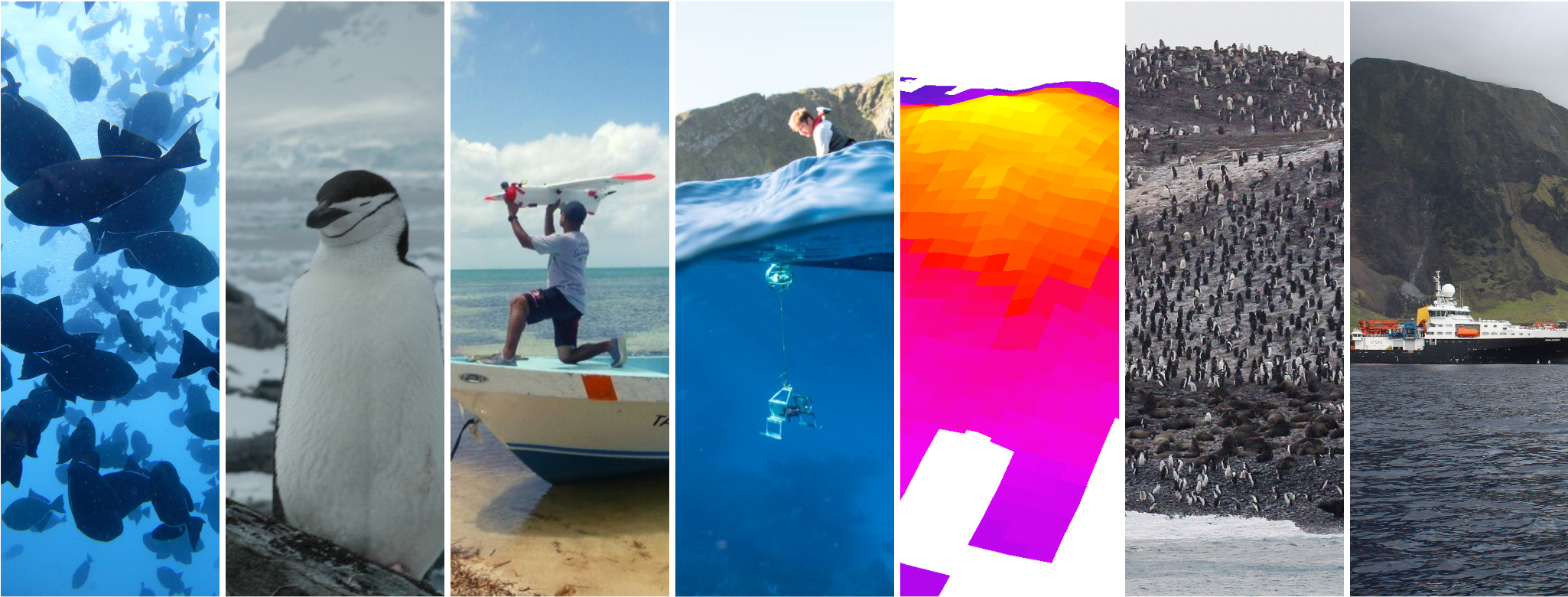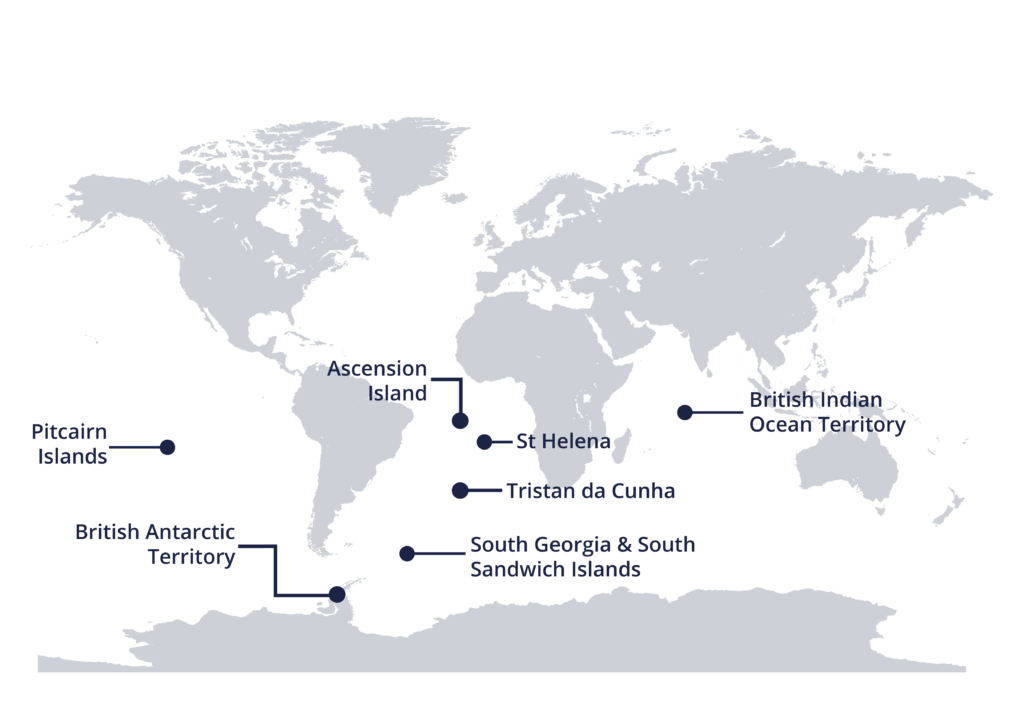
The UK Government’s Blue Belt Programme is today celebrating 4 years of success:
- The UK’s ambitious Blue Belt Programme is supporting the British Antarctic Territory (BAT) and other UK Overseas Territories to protect globally significant biodiversity, wildlife habitats and ecosystems.
- In 2009, the UK successfully secured agreement at the Commission for the Conservation of Antarctic Marine Living Resources (CCAMLR) to establish a Marine Protected Area (MPA) at the South Orkney Islands Southern Shelf, off the coast of the British Antarctic Territory (BAT).
- BAT works with the Blue Belt Programme to monitor the South Orkney Islands Southern Shelf MPA and to gather further information about the waters surrounding the Territory to inform the UK’s engagement with CCAMLR.
- An announcement today by Tristan Da Cunha that it has established a Marine Protection Zone takes the Blue Belt Programme’s total area of marine protection to over 4.3 million square kilometres. This is the equivalent to more than 17 times the size of the UK and over 1% of the Earth’s ocean.
- A Highlights Brochure, published today, gives further information about the Blue Belt Programme.
Jane Rumble, Deputy Commissioner for BAT, commented:
“Over the last 4 years, the Blue Belt Programme has helped enhance our understanding of the Southern Ocean and its ecosystems, which are already feeling the impacts of climate change. The Blue Belt Programme continues to underpin the UK’s ambition to expand the network of Marine Protected Areas around Antarctica.”
 To date, the Blue Belt Programme has worked with BAT to develop satellite surveillance capabilities and explore alternative surveillance tools in the region. It provided support for the South Orkneys Southern Shelf Marine Protected Area review conducted by the Commission for the Conservation of Antarctic Marine Living Resources (CCAMLR) in 2019. It is also collaborating with the British Antarctic Survey (BAS) on marine science in the waters around the BAT.
To date, the Blue Belt Programme has worked with BAT to develop satellite surveillance capabilities and explore alternative surveillance tools in the region. It provided support for the South Orkneys Southern Shelf Marine Protected Area review conducted by the Commission for the Conservation of Antarctic Marine Living Resources (CCAMLR) in 2019. It is also collaborating with the British Antarctic Survey (BAS) on marine science in the waters around the BAT.
- In 2016, the UK launched the Blue Belt Programme and pledged to work with the UK Overseas Territories to set up 4 million square kilometres of protected and managed ocean by 2020. The programme is delivered by the UK’s Centre for Environment, Fisheries and Aquaculture Science (Cefas) and the Marine Management Organisation (MMO) and supports the Overseas Territories to:
- improve scientific understanding of the marine environment to inform management;
- assist in the development and implementation of evidence-based, tailored marine management strategies including surveillance and enforcement; and
- provide support to ensure sustainable and long-term management.
- From 2016 to 2020, the Blue Belt Programme was supported by nearly £20 million of funding from the UK’s Conflict, Stability and Security Fund (CSSF). In 2019, the Prime Minister announced an additional £7m to extend the programme until 2021 to ensure our world-leading protection of Marine Protected Areas could continue and expand, supporting the protection of key species such as turtles, whales, fish, seabirds and wider marine life.
- The following Overseas Territories and dependencies are part of the Blue Belt Programme: Ascension Island, British Antarctic Territory, British Indian Ocean Territory, Pitcairn Islands, St Helena, South Georgia & the South Sandwich Islands, Tristan da Cunha.

- The Blue Belt Programme 2016-2020 highlights are outlined in this brochure: https://www.gov.uk/government/publications/the-blue-belt-programme.
- More information about environmental protection in the British Antarctic Territory can be found on the BAT Government website: https://britishantarcticterritory.org.uk/research/environmental-protection/.
